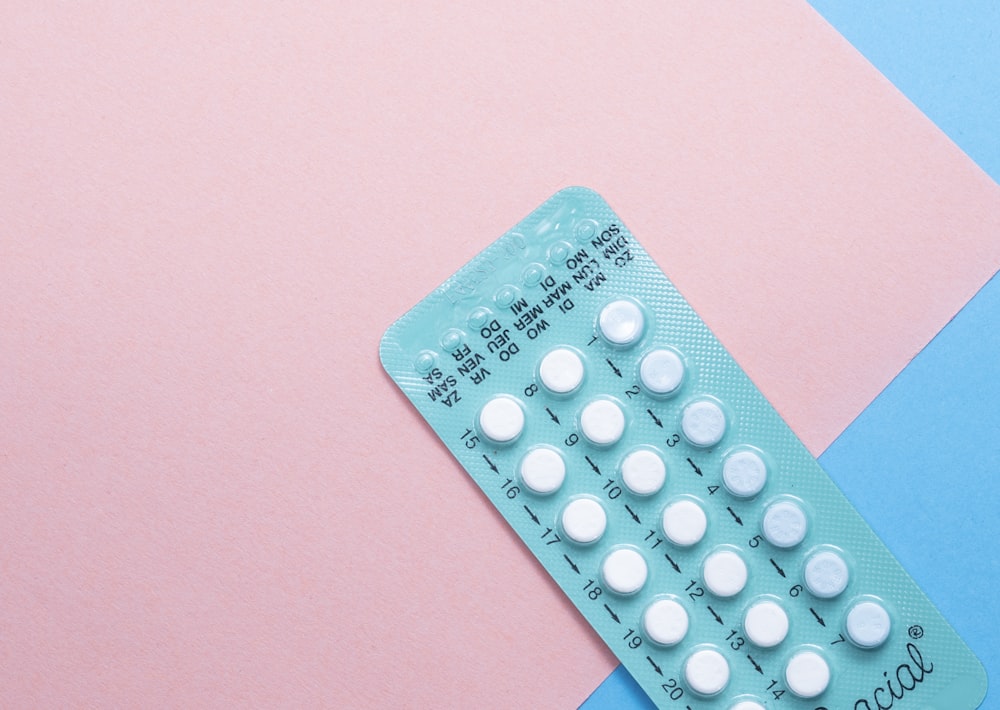
Your monthly period is more than just a monthly inconvenience. The phases of the menstrual cycle are a hormonal process that the female body goes through every month, for the purpose of releasing or discarding tissue that the body no longer needs. When you menstruate each month, you’re experiencing the shedding of the uterine lining, which happens when a pregnancy does not occur. The shedding of the uterine lining causes blood, and it often causes cramps as well. Although it’s inconvenient and often uncomfortable, your monthly period is an essential component of the female reproductive system.
From roughly age 13 to age 50, females get a monthly period and experience their menstrual cycle. The age your period begins and the age your periods stop will vary for each individual female. Some females get their first period as young as 11 or as old as 16. It’s also not uncommon for menopause to happen early (in your 40s) when your periods cease.
The three phases of the menstrual cycle are:
- Follicular Phase
- Ovulation Phase
- Luteal Phase
What is the Purpose of Your Monthly Period?
Before we get into more details about the phases of the menstrual cycle, it’s important to understand why women get their periods. The purpose of the phases of the menstrual cycle (and the purpose of menstruation in general) is to prepare a woman’s body for possible pregnancy.
As soon as you get your first period, you are now able to get pregnant, and the menstrual cycle prepares the female body for potential pregnancy each month. Menstruation is the periodic shedding of the uterine lining. If a woman does not become pregnant, this uterine lining exits the body, appearing as blood. Most women refer to this as their flow or period days. It typically takes around 28 days for this cycle to happen. The menstrual cycle usually occurs in three phases, namely:
- Egg development or follicular phase
- Release of egg or ovulation phase
- Hormone levels decrease with no implantation; the luteal phase
One of the other reasons why a woman’s menstrual cycle is valuable, is to track ovulation. Many women find their menstrual cycle useful for tracking ovulation and knowing when they’re more likely to get pregnant. Ovulation tracking can either help you improve your chances of conceiving a baby (by having sex during the ovulation phase of your menstrual cycle) or ovulation tracking can help you avoid unwanted pregnancies.
Women can track ovulation by tracking your periods, since ovulation typically happens about 14 days before your period starts. Many women also use ovulation testing kits to track ovulation. These can be used as a form of birth control, but this should never be the only form of birth control used. Ovulation testing kits work because you can find out when you’re ovulating (when you’re in the ovulation phase of the menstrual cycle) and simply avoid sex on those days to help ensure an unwanted pregnancy. Of course, on the flip side, couples who want to conceive a baby will have sex on the female’s ovulation days.
There are typically 3 days per month where you are your most fertile, ovulating and most likely to get pregnant. It is wise to avoid sex on those days of the month if you take birth control seriously.

Hormones Involved in the Phases of the Menstrual Cycle
Four hormones are responsible for regulating the activity of reproductive organs during the menstrual cycle. These hormones are: FSH or follicle-stimulating hormone, LH or luteinizing hormone, estrogen, and progesterone.
Most adult females are familiar with their menstrual cycles and can anticipate menstruation. Pre-puberty girls can manage their cycles better if they know the mechanics of the female reproductive system. Similarly, males also need to understand this, especially if they want to have children with their partners, or if they plan to have daughters of their own in the future.
Females begin their reproductive age from 11 to 16 years old. It is usually heralded by the menarche (very first menstruation). At this age, women start to experience hormonal cycles that repeat every month. The words menstruation and menstrual cycle are derived from the word “menstru,” which means monthly.
The Three Phases of the Menstrual Cycle
Find more about each of the phases of the menstrual cycle below, and how all the hormones mentioned above play their part:
1. Follicular phase
The follicular phase of the menstrual cycle begins on the first day of your menstrual period. In this phase, the FSH and LH hormones are released to stimulate the ovaries into growing around 15 to 20 eggs. These eggs develop in each ovary in a shell called a follicle. On top of that, these two hormones increase the production of estrogen. With estrogen rising, FSH turns off the production of follicles and prepares to release the egg.
As this phase progresses, one follicle grows strong, becomes the most dominant, and continues maturation. This dominant one suppresses the rest of the follicles, which eventually die. The dominant follicle continues growing and producing estrogen.
2. Ovulation phase
Of all the phases of the menstrual cycle, the ovulation phase is the most important phase to keep track of and pay attention to. This is when you could be very likely to get pregnant, especially if you and your partner have unprotected sex.
The ovulation phase begins approximately two weeks after the start of the follicular phase. It’s not set in stone and can vary. Sometimes you’ll ovulate early, and it’s not always entirely predictable. The ovulation phase happens between the follicular and luteal phases. Most women will usually get their period 10 to 16 days after ovulation.
In this phase, the increase in estrogen from the dominant follicle increases LH production. This causes the dominant follicle to finally release the egg, which is then captured by fimbriae or the finger-like projections found at the end of both fallopian tubes. These projections sweep the egg into the fallopian tube.
Typically, 1 to 5 days before the release of the egg, women will have increased discharge of sweet-smelling white mucus from the cervix. This mucus, often referred to as white blood, is supposed to assist in capturing and nourishing the sperms, which are supposedly on their way to meet and fertilize the egg.
3. Luteal phase
The luteal phase of the menstrual cycle commences after ovulation. When the egg is released, the empty ovarian follicle becomes the corpus luteum. This then secretes both estrogen and progesterone hormones. The latter is supposed to prepare the uterus for implanting a fertilized egg.
If you have sex and the sperm fertilizes the egg, the embryo will travel via the fallopian tube and implant in the thickened uterine lining in your uterus. You will now have conceived or be considered pregnant.
However, if fertilization does not occur, the egg passes through the uterus. And since there is no pregnancy, the uterine lining breaks down and sheds. So,the next menstrual period begins (in the form of uterine shedding appearing as blood exiting the body) to prepare the body again for a new egg.

Taking Care of Your Reproductive Health
Vaginal bleeding occurring every month is a normal part of every woman’s healthy reproductive cycle. If you want to stay on top of family planning, it is essential to observe and track your menstrual cycle so you can somehow predict when you will get your period and estimate the days when you are most fertile.
Tracking the phases of the menstrual cycle assists you with understanding when you’re ovulating and therefore most fertile.
Engaging in intercourse while you are ovulating will yield the best outcomes if you want to get pregnant. Understanding your menstrual cycle can help you with family planning. Bear in mind eggs are not infinite. A woman’s fertility drops with age because the quality of eggs deteriorates, and the number of eggs decreases over time.
A girl has a million eggs at birth, but this drops down to around 300,000 at puberty. On top of that, a woman will ovulate only about 300 to 400 eggs during her entire reproductive lifetime. Thus, it is crucial to stay on top of your cycle, especially if you want to experience motherhood.
Conversely, if you do not want to become a parent, it is best to refrain from sex or use protection during your most fertile days. This is when understanding the signs you’re in the ovulation phase can be helpful for added birth control measures.
Part of taking care of your reproductive health is responsible birth control. Becoming a parent is a huge responsibility that will impact and change your life, so you cannot be flippant about it. It’s best to combine birth control methods if you’re not ready to be a parent. For example, combine the birth control pill with condoms and ovulation tracking.
Ready to Get Pregnant? It’s Time for Family Planning
If you are at an age where you are ready to start a family, you may want to consider genetic testing like CircleDNA with your partner. This easy at-home DNA test (that the two of you can each take) is useful for family planning. The DNA test will evaluate if both of you are carriers of any of the same genetic mutations that you could therefore potentially pass on to your offspring. Test results will also provide detailed information on any hereditary diseases or health conditions. Proactive and responsible family planning can help you look out for the well-being of your future children.







This Post Has 3 Comments
Comments are closed.